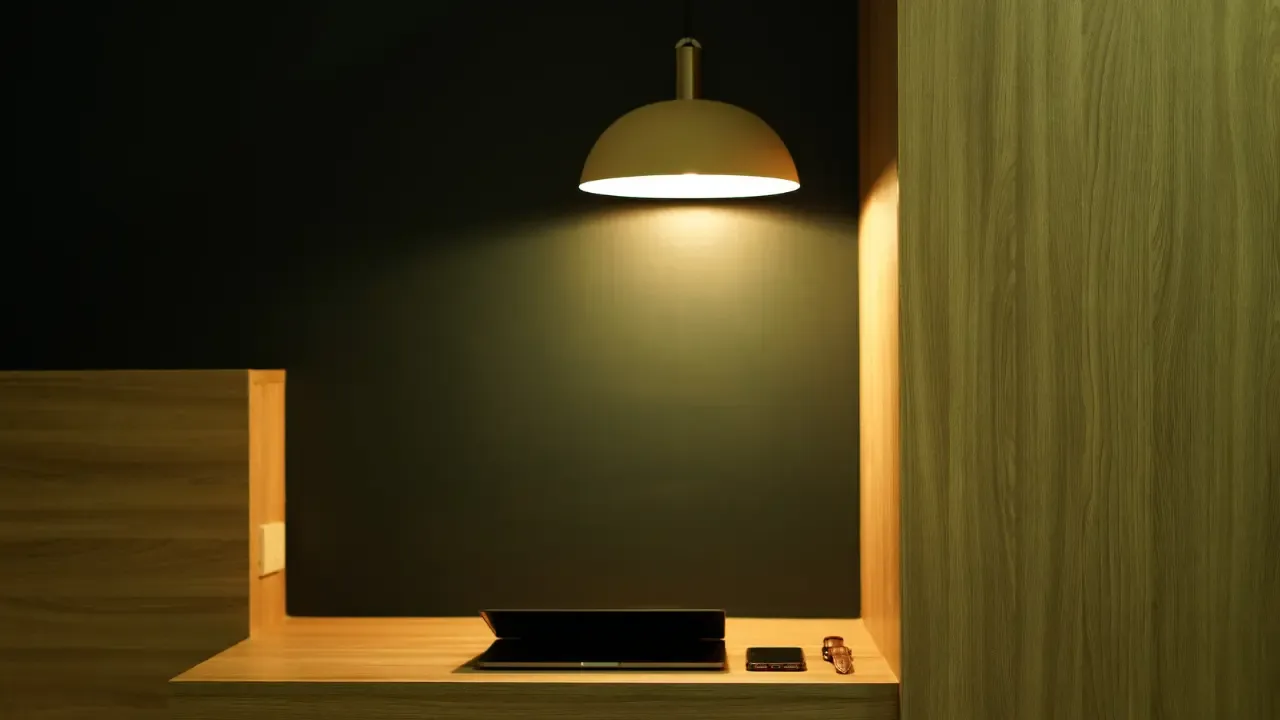get original element from ng-click

Getting the Original Element from ng-click
💡 Have you ever had trouble getting the original element from an ng-click event? If so, you're not alone! Many developers struggle with this issue, but fear not, we're here to help! In this post, we'll address this common problem and provide you with easy solutions. 🙌
The Problem
The issue arises when you have a list of items in your view, each with an ng-click directive attached to them. Consider the following example:
<ul id="team-filters">
<li ng-click="foo($event, team)" ng-repeat="team in teams">
<img src="{{team.logoSmall}}" alt="{{team.name}}" title="{{team.name}}">
</li>
</ul>The ng-click directive is handling the click events, passing both the $event and team variables to the foo function in a directive. The problem is that the $event.target inside the foo function refers to the clicked element, which in this case is the <img> tag. But what if we want to access or manipulate the <li> tag instead?
The Solution
🎉 Luckily, there's a simple solution to get the reference to the element that ng-click is bound to, without resorting to complex DOM operations in your directive! 🎉
All you need to do is add a reference to the element using the $event.currentTarget property. So, in the above code, you can modify your foo function as follows:
$scope.foo = function($event, team) {
var liElement = angular.element($event.currentTarget); // get li
// Do whatever you want with the liElement here
};By using $event.currentTarget, you'll always get a reference to the element that the ng-click directive is attached to, which is exactly what we want! 🙌
Example
Here's a practical example to illustrate the solution:
<ul id="team-filters">
<li ng-click="logElement($event, team)" ng-repeat="team in teams">
<img src="{{team.logoSmall}}" alt="{{team.name}}" title="{{team.name}}">
</li>
</ul>
$scope.logElement = function($event, team) {
var liElement = angular.element($event.currentTarget); // get li
console.log(liElement);
};Now, whenever you click on an item, the logElement function will log the li element in the console, allowing you to perform further operations on it.
Wrapping Up
🚀 Getting the original element from an ng-click event doesn't have to be a struggle anymore! By using $event.currentTarget, you can easily access the element you desire without complicated DOM manipulation. 🎉
So go ahead and give it a try! We hope this guide has helped you overcome this common hurdle. If you have any questions or other topics you'd like us to cover, please let us know in the comments below. Happy coding! 😊
Take Your Tech Career to the Next Level
Our application tracking tool helps you manage your job search effectively. Stay organized, track your progress, and land your dream tech job faster.



